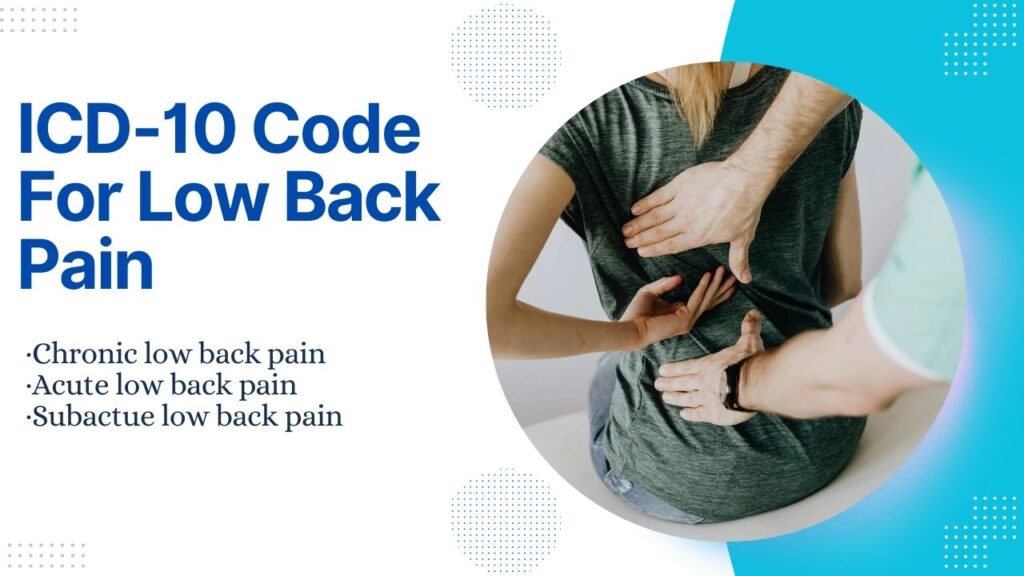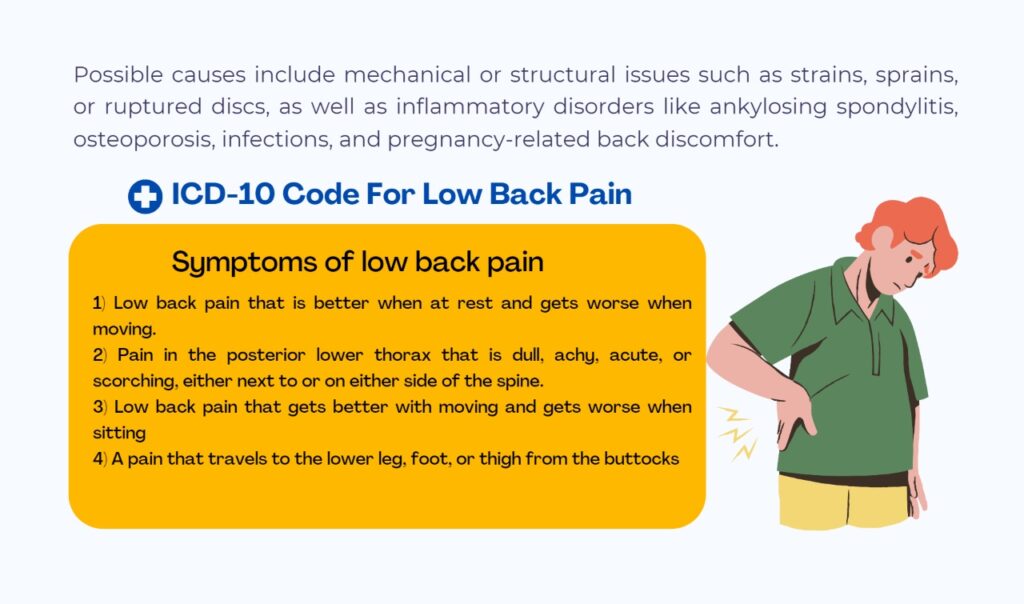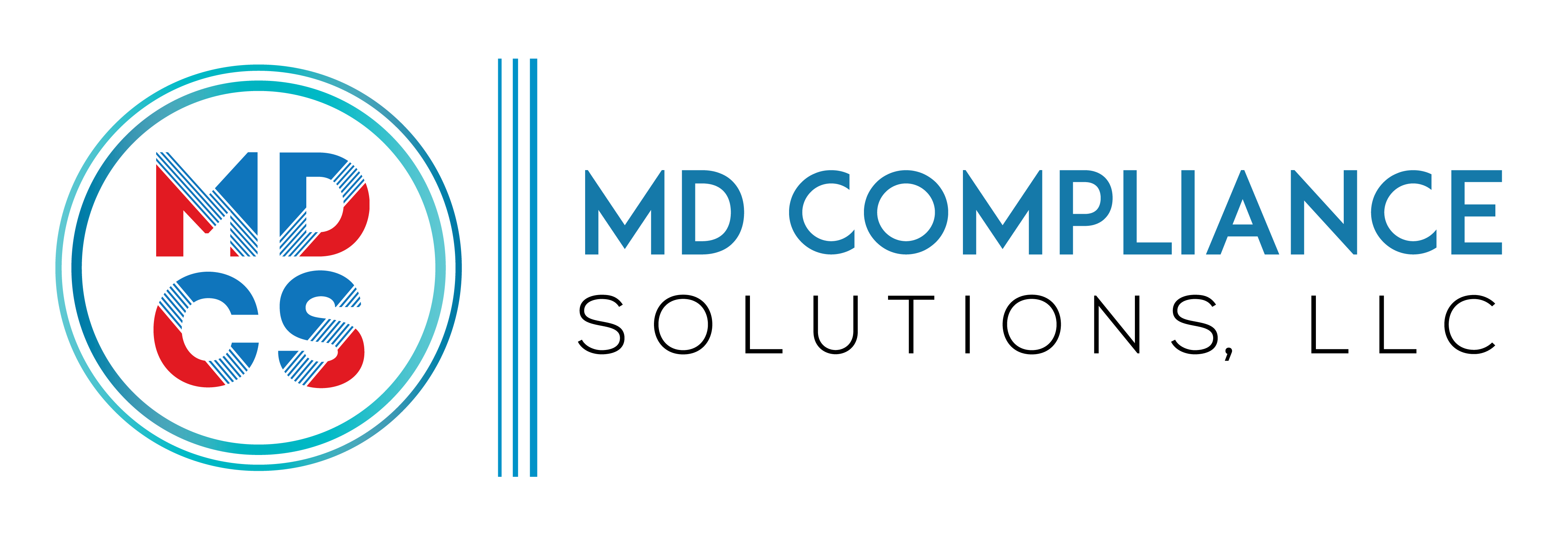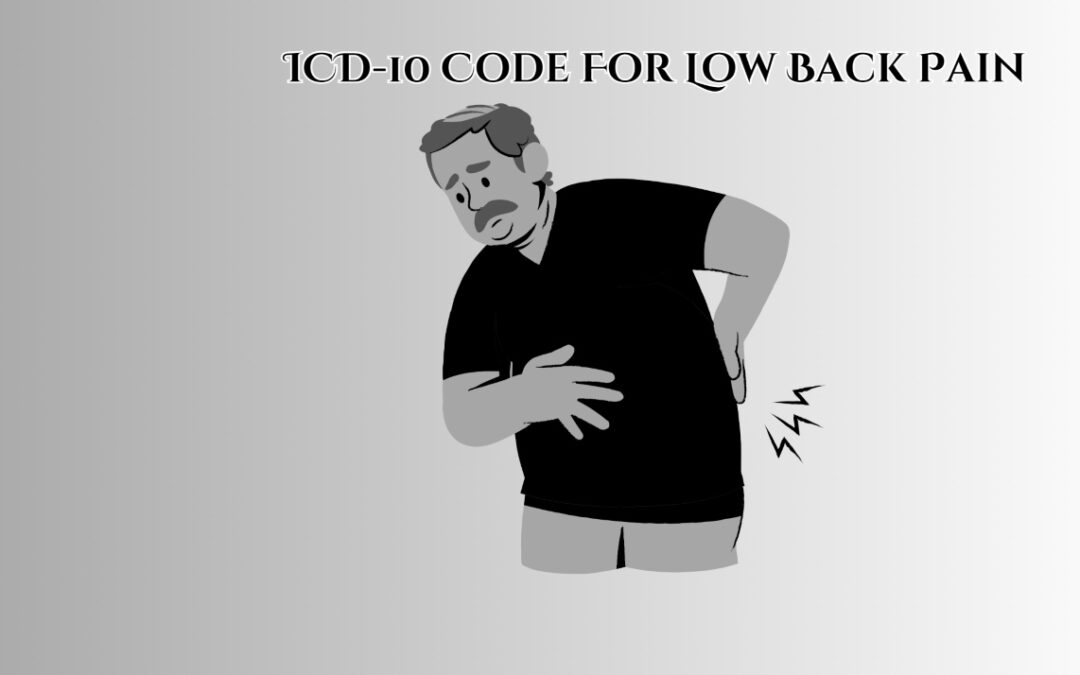Table of Contents
We can assist you in selecting the right ICD-10 code for low back pain to use when diagnosing patients. These days, low back pain is a common problem in patients. Since 1990, low back pain has continued to be the largest contributor to years lost to disability. The World Health Organization (WHO) reports that 649 million individuals worldwide experienced low back pain in 2023, making it the most common musculoskeletal ailment worldwide. Even worse, WHO predicts that as the world’s population increases, the number of cases of low back pain will increase to 843 million by 2050.
If this trend continues, then rehab therapists may expect to see even more patients with low back pain problems in the future. This suggests that they must become proficient in both diagnosing and treating low back pain using the appropriate ICD-10 codes. However, the confusion in diagnosing the correct code, and when should low back pain be coded rather than utilizing the ICD-10 code for sciatica?
Under the Health Insurance Portability & Accountability Act (HIPAA), physicians and healthcare professionals must utilize ICD-10, which will replace all ICD-9 code sets. The purpose of this article is to provide clarity and ease the process of selecting an ICD-10 code for low back pain.
Types of Low Back Pain
The National Institute of Arthritis and Musculoskeletal and Skin Diseases (NIAMS) has identified three distinct forms of back pain, which are recognized by doctors even if patients may only be able to describe that their lower back hurts and how long it has troubled them:
- Chronic low back pain
- Acute low back pain
- Subactue low back pain
Remember, The NIAMS also lists a number of causes of chronic low back pain, including:
- Possible causes include mechanical or structural issues such as strains, sprains, or ruptured discs, as well as inflammatory disorders like ankylosing spondylitis, osteoporosis, infections, and pregnancy-related back discomfort.
Symptoms of low back pain
Although individual symptoms of low back pain may differ, they may include the following:
- Low back pain that is better when at rest and gets worse when moving.
- Pain in the posterior lower thorax that is dull, achy, acute, or scorching, either next to or on either side of the spine.
- Low back pain that gets better with moving and gets worse when sitting
- A pain that travels to the lower leg, foot, or thigh from the buttocks
Due to its widespread occurrence, you will probably deal with this ailment on a regular basis in your practice. It is crucial to know how to properly apply the ICD-10 code for low back pain in order to reduce the likelihood of insurance claims being denied.

ICD-10 Code For Low Back Pain
Coding for low back pain has evolved in recent years. Therapists could previously use ICD-10 code M54.5 for low back pain, but CMS removed it in the 2022 final rule. Given that code M54.5 was one of the most widely used codes for rehabilitation therapists, there was a need to fill the vacancy. That is why, as part of that upgrade, CMS issued three separate, more specific ICD-10 codes to replace code M54.5.
- M54.50 (Low back pain, unspecified)
- M54.51 (Vertebrogenic low back pain)
- M54.59 (Other low back pain)
Currently, therapists should be using a new code with low back pain patients and not code M54.5.
When is M54.50 code appropriate?
As always, the key to coding is to use the highest level of specificity attainable. ICD-10 code M54.50 is used to describe unexplained low back pain. Non-organic signs and symptoms (NOS) included in the code descriptor include loin pain and lumbago. However, if a more specific ICD-10 code exists for a patient’s ailment, use it.
Is there an Excludes1 edit for M54.50?
M54.50 has the following Excludes1 edits:
Possible causes of lumbago include low back strain (S39.012), intervertebral disc displacement (M51.2-), and sciatica (M54.4).
The parent M54 codes include an Excludes1 edit for psychogenic dorsalgia (F45.41).
When to use M54.51?
ICD-10 code M54.51 is used to describe vertebrogenic low back pain, which is defined as back pain produced by vertebral endplate injury. The Cleveland Clinic defines vertebrogenic low back pain as “a deep, burning or throbbing pain in the middle of their lower back,” which can be caused or exacerbated by extended sitting or physical activity.
- A family history of low back discomfort.
- Obesity
- Smoking
- Physically demanding occupations
- Tallness and normal wear and tear
Are there any Excludes1 edits in M54.51?
M54.51 has the following Excludes1 edits:
- Low back strain (S39.012)
- Lumbago caused by intervertebral disc dislocation (M51.2-)
- lumbago and sciatica (M54.4-)
Because it belongs to the M54 coding family, M54.51 has an Excludes1 edit for psychogenic dorsalgia (F45.41).
Is there an example of using M54.59?
As previously stated, clarity is extremely critical in ICD-10 coding—especially if you want to be reimbursed by CMS or commercial payers for the services you provided without denials or requests for supplementary information. Unfortunately, ICD-10 code M54.59 has little information beyond the lengthy description “Other low back discomfort.” Like ICD-10 code M54.50, you would most likely use this code if all other codes for back pain and related conditions did not meet the bill.
Are there any Excludes1 edits in M54.59?
M54.59 has the following Excludes1 edits:
- Low back strain (S39.012),
- Lumbago because of intervertebral disc displacement (M51.2),
- Lumbago with sciatica (M54.4).
It also has an Excludes 1 edit for psychogenic dorsalgia (F45.41).
What is lumbago?
If you work in the field of rehab treatment for any length of time, you have undoubtedly heard the phrase “lumbago.” In fact, if you are a younger clinician, you could have even heard it from one of your more experienced colleagues. It is essentially a different name for low back pain that is used less frequently than low back pain.
Although the terms are sometimes used interchangeably when describe the conditions of people with low back pain, lumbago and sciatica are not the same. Sciatica, or pain radiating down the leg, is sometimes experienced by patients with low back pain. This condition can be brought on by damage to the sciatic nerve.
In reality, there are three ICD-10 codes for lumbago with sciatica:
- M54.40 Lumbago with sciatica, unspecified side
- M54.41 Lumbago with sciatica, right side
- M54.42 Lumbago with sciatica, left side
ICD-10 Codes for Low Back Pain Due to Disc Degeneration?
ICD-10-CM will no longer include the codes M51.36 (other intervertebral disc degeneration, lumbar area) and M51.37 (other intervertebral disc degeneration, lumbosacral region) as they will be superseded with more recent, more precise codes on October 1, 2024.
You may wonder, why? As you may know, specificity is key when it comes to ICD-10 coding, and the previous codes were anything but specific. The Centers for Medicare & Medicaid Services (CMS) and the National Center for Health Statistics (NCHS) are attempting to address this by making life a little bit easier for rehab therapists—for once. The following codes have replaced M51.36:
- M51.360 refers to intervertebral disc degeneration in the lumbar region with only discogenic back pain.
- M51.361 to intervertebral disc degeneration in the lumbar region with only lower extremity pain.
- M51.362 to intervertebral disc degeneration in the lumbar region with both discogenic back pain and lower extremity pain.
- M51.369 to intervertebral disc degeneration in the lumbar region without mention of lumbar back pain or lower extremity pain.
To replace M51.37, the new codes will be:
- M51.370 (other intervertebral disc degeneration, lumbosacral region with discogenic back pain only)
- M51.371 (other intervertebral disc degeneration, lumbosacral region with lower extremity pain only)
- M51.372 (other intervertebral disc degeneration, lumbosacral region with discogenic back pain and lower extremity pain)
- M51.379 (other intervertebral disc degeneration, lumbosacral region without mention of lumbar back pain or lower extremity pain)
- M62.85 (dysfunction of the multifidus muscles, lumbar region).
You might be interested to learn that M62.85 (dysfunction of the multifidus muscles, lumbar region) has been added to this list. However, given the association between multifidus dysfunction and non-specific low back pain, this ICD-10-CM code may be your best option. As always, when applying an ICD-10 diagnosis code for physical therapy billing and examinations, use your clinical judgment, be as descriptive as feasible, and provide proof.
Summary
Cannot get enough of low back, foot, and leg pain? Then you are so lucky! A medical professional’s advice is essential for accurate diagnosing and classifying low back pain. Based on the patient’s symptoms, medical history, and any underlying diseases, they can choose the most suitable code. Hopefully, you are more prepared to handle instances of acute or chronic low back pain in your physical therapy office. If you want to learn more about selecting the correct diagnosis code, see our previous posts on the ICD-10 code for difficulties for widespread weakness. Remember that ICD-10 codes are regularly updated, hence, it is necessary to use the latest version to ensure accurate coding and billing.
Read More: What is Capitation in Medical Billing?


